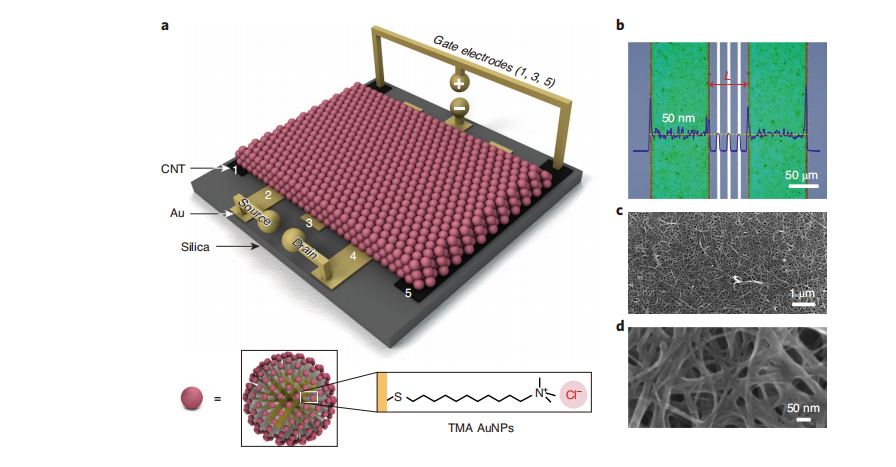Semiconductor materials in modern electronic technology has made remarkable achievements, which has brought great convenience to the development of human society. However, with the further reduction of the size of electronic devices and the continuous improvement of integration technique, the bottleneck of semiconductor chips is more and more serious. At the same time, artificial intelligence generated by simulating the information processing mode of human brain propose a super challenge to the data processing ability of semiconductor chips. Unlike electronic signals in semiconductor devices, the processing of information in the human brain is based on complex transport processes involving ions and electrons at the same time. Therefore, it is of great scientific significance and application value to reveal the basic law of coupling transport between ionic charge and electron charge, and to construct new nano-electronic devices by manually manipulating the interaction and transport process between the two charges.

Recently, a five electrode structure of metal nanoparticles thin film transistor was designed and build by Prof. Tiehu Li’s team in School of Materials Science and Engineering at NPU, Prof. Yan Yong at the Chinese Academy of Sciences National Center for Nanoscience and Prof. Bartosz Grzybowski at Ulsan University of Science and Technology (UNIST), where carbon materials as an electrode. Result shows that the resultant electrode is not only reduce the leakage current, but effectively control gate voltage source leakage between the output. Moreover, device performance can be optimized by reducing channel size, and specially a transistor switch ratio reached to 400 at 65 m linewidth. Secondly, all the experimental results can be reproduced by theoretical simulation (Nester-Planck equation and Poisson equation) via monitoring the concentration distribution (EDS) of the pair of ions and the surface potential (KFM) of the nanoparticle films. Finally, it needs to be pointed out that, unlike semiconductor transistors, metal nanoparticle devices can resist the damage of high voltage electrostatic (10 kV), so that electronic devices maintain a high stability.

The results of this study is published inNature Electronicsrecently (DOI: 10.1038/ S41928-020-00527-Z) under the title "Transistors and Logic Circuits Based on Metal Nanoparticles and Ionic Gradients" (PhD student Zhao Xing as the first author under the direction of Prof. Tiehu Li at Northwestern Polytechnical University). This work is supported by the National Natural Science Foundation of China, the Chinese Academy of Sciences' Strategic Priority Science and Technology Program (Category B), and the "Hundred Talents Program" of the Chinese Academy of Sciences.
The article link is as follows: https://www.nature.com/articles/s41928-020-00527-z